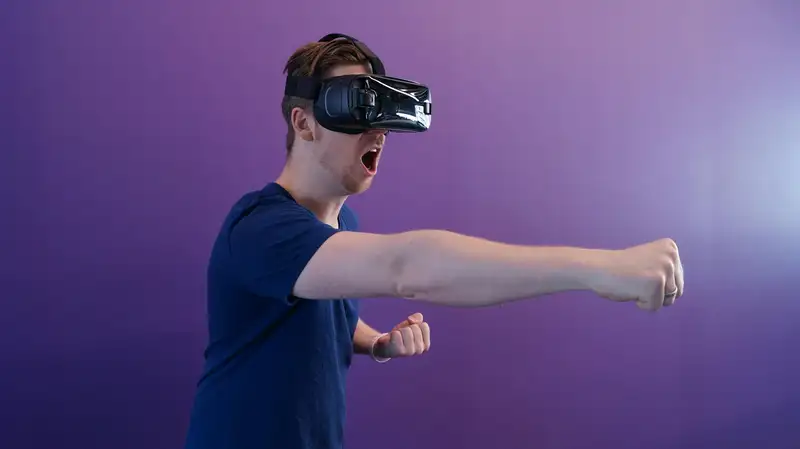Virtual reality (VR) is transforming athletic training by providing an innovative tool that complements traditional methods. While it cannot substitute the hard work and innate talent necessary in sports, VR offers a controlled and realistic setting for athletes to refine their skills. This technology is particularly advantageous for enhancing technical abilities, reaction times, and tactical understanding without the physical risks associated with conventional training.
The Advantages of Virtual Reality for Athletes
VR training enables athletes to simulate realistic scenarios, thereby reducing the risk of injury and fatigue. For example, soccer players can explore various game strategies and analyze opponents’ tactics, while tennis players can practice serves and returns. This immersive experience aids athletes in refining their skills and improving decision-making under pressure.
Moreover, VR allows athletes to repeat specific scenarios as needed, which is crucial for perfecting techniques. Coaches can utilize VR to record and reenact game scenes, providing athletes with a deeper understanding of their opponents’ strategies and helping them prepare for future matches. The data collected from VR systems also assists in performance analysis, enabling coaches to offer targeted feedback and optimize training plans.
Implementing VR Training
VR is already being integrated into the training regimes of various sports organizations. The Austrian Ski Association employs VR goggles to help ski racers analyze past races and prepare for upcoming ones, minimizing the risk of injury during actual downhill runs. Similarly, a study at Bishop’s University showed that young basketball players who trained with VR made better decisions on the court compared to those who used conventional screens.
The DFB Academy explored improved decision-making with a two-year VR project involving U16 junior soccer players. By creating a 360° virtual world based on real game footage, players could focus on pre-orientation without the physical strain of traditional training. This approach mirrors the skills of top players like Toni Kroos, who excelled in pre-orientation during his career.
Tennis Star Alexander Zverev’s Innovative Training
Individual sports are also embracing VR. Mischa Zverev, a former professional tennis player and manager of Alexander Zverev, highlights the benefits of combining VR with neuroathletic exercises. This method enhances movement patterns that conventional training cannot address. Alexander Zverev, currently ranked number two in the world, uses VR to train automatisms essential for tennis success.
Collaborating with the Munich-based company IMPROVR, Zverev utilizes software designed to enhance cognitive skills. This approach allows him to train with his coach remotely, regardless of location, providing flexibility and continuity in his training regimen.
Challenges and Future Prospects
Despite its benefits, VR training should be used judiciously. Prolonged sessions can lead to cybersickness, and the weight of current VR headsets can cause discomfort during extended use. Furthermore, experts caution against using VR for fine motor skills due to the lack of haptic feedback and imperfect realism.
Looking ahead, the potential for VR training remains vast. Developers are exploring the use of bodysuits and sports equipment with tracking functions to create a more realistic virtual sports experience. Mixed reality applications could allow athletes to simulate major competitions, such as an Olympic stadium, in their daily training, helping them manage performance pressure and emotions.
As VR technology continues to evolve, its role as a game changer in sports training becomes increasingly apparent. With ongoing advancements, VR could transform how athletes prepare, compete, and excel in their respective fields.
